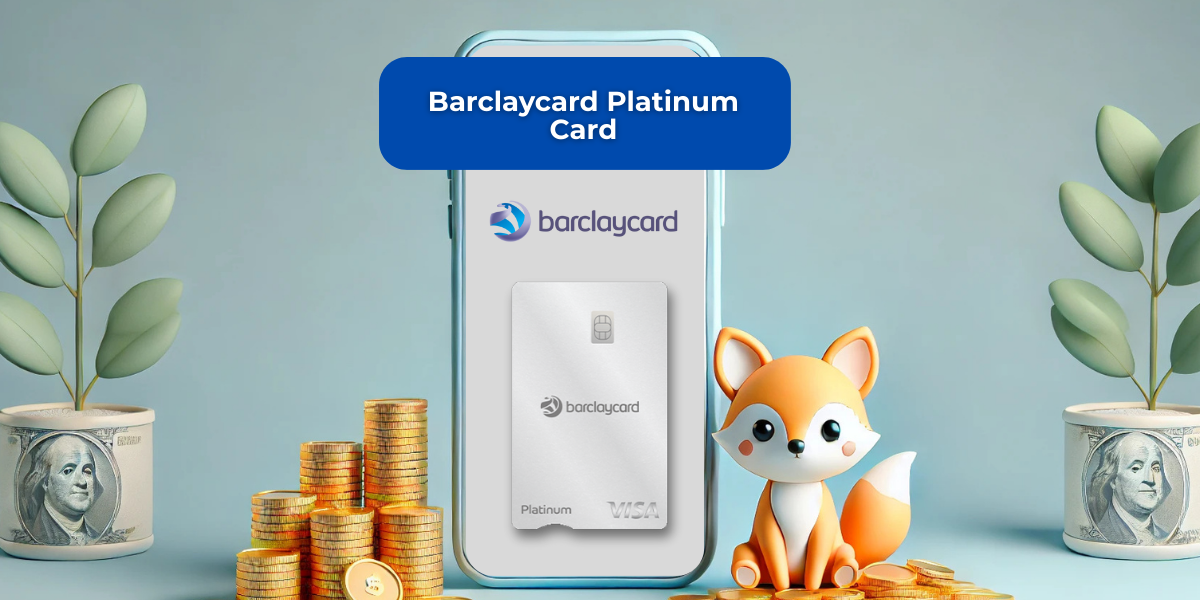Navigating the world of credit card debt can be daunting. By leveraging a zero percent introductory APR balance transfer, you can substantially lower interest costs and create a clear pathway to financial freedom.
Understanding Balance Transfers
A balance transfer involves moving existing credit card debt onto a new card, typically one that offers a promotional 0% APR. This process is a form of a comprehensive debt consolidation strategy that allows you to focus on a single payment rather than juggling multiple high-interest accounts.
Some issuers also allow you to transfer other forms of debt, such as personal loans, making a balance transfer an invaluable tool for managing multiple obligations. Remember that the transferred amount plus any fees will count toward your new card’s credit limit and utilization ratio.
How Balance Transfers Work
To complete a transfer, you generally apply for a new credit card with a promotional APR and then submit a request to move balances. Issuers may require details such as account numbers and transfer amounts, which you can often handle online or over the phone.
Once approved, the issuer pays off your old debt, and the balance appears on your new card. Transfers can take several days to a few weeks to process, so continue making payments on your old cards until you receive confirmation that the transfer is complete.
During the promotional period—typically between 12 and 21 months—you only pay down principal since the APR is 0%. It’s crucial to pay off the balance within this timeframe; otherwise, any remaining debt will accrue interest at the standard rate, eroding your savings.
Crunching the Numbers: Fees and Savings
While 0% APR sounds attractive, balance transfers usually come with a fee of 3% to 5% of the transferred amount. For example, transferring $10,000 at a 3% fee adds a $300 charge to your balance. You should calculate whether the interest savings outweigh this fee before proceeding.
Consider the following snapshot to compare typical costs and promotional terms:
By understanding these numbers and running scenarios, you can ensure you truly benefit from the transfer offer and make a fully informed cost-benefit decision.
Choosing the Right Card
Selecting the optimal card requires careful comparison. Look beyond the introductory APR to evaluate overall benefits and potential drawbacks.
- Length of 0% APR period: Aim for at least 12 months
- Balance transfer fee: Lower fees can help you avoid costly interest charges
- Credit limit: Ensure it covers your total transfer amount plus fees
- Ongoing APR: Understand the rate you’ll face after the promotional window
- Additional perks: Rewards programs, customer service quality, and penalty terms
Best Practices for Maximizing Savings
Once you’ve transferred your balance, a disciplined repayment plan is key to success. Implementing smart habits early can save you hundreds or thousands in interest.
- Develop a repayment schedule: Calculate monthly targets to clear the debt before the promo period ends
- Automate payments: meticulously track payment deadlines to avoid forfeiting promotional APR
- Resist new charges: Avoid using the new card for purchases that accrue high interest
- Maintain old accounts: Keep older cards open to preserve your credit history and utilization rate
- Monitor statements: Regularly check for unexpected fees or interest postings
Common Pitfalls and How to Avoid Them
Balance transfers can backfire if you’re not careful. Recognizing common mistakes will help you steer clear of setbacks and achieve your debt reduction goals.
- Neglecting balance transfer fees: Always factor fees into your savings calculations
- Making only minimum payments: Minimums prolong debt and reduce overall savings
- Applying for multiple cards: Frequent inquiries can temporarily lower your credit score
- Missing deadlines: Late or skipped payments often trigger penalty APRs
- Racking up new debt: Continuing to spend on paid-off cards risks deeper overall debt
Impact on Your Credit Score
Applying for a new credit card triggers a hard inquiry, which may cause a brief and manageable score dip. However, successful transfers can improve your credit utilization ratio if your total available credit increases.
Maintaining low balances and making timely payments can boost your score over time. Be mindful of your overall debt-to-credit ratio and avoid opening too many accounts in quick succession.
Final Thoughts
Credit card balance transfers offer a powerful debt reduction tool when executed thoughtfully. By understanding fees, selecting the right card, and staying disciplined, you can transform high-interest debt into manageable payments.
Empower yourself with knowledge, stick to a clear repayment plan, and watch as each payment brings you closer to financial freedom. With the right strategy, balance transfers can be the cornerstone of your journey to debt elimination.
References
- https://www.investopedia.com/credit-cards/balance-transfer-credit-card/
- https://bettermoneyhabits.bankofamerica.com/en/debt/how-do-balance-transfers-work
- https://www.nerdwallet.com/article/credit-cards/what-is-a-balance-transfer
- https://www.pnc.com/insights/personal-finance/spend/when-to-consider-a-balance-transfer.html
- https://www.capitalone.com/learn-grow/money-management/how-to-do-a-balance-transfer/
- https://www.bankrate.com/credit-cards/balance-transfer/what-is-a-balance-transfer-fee/
- https://www.incharge.org/debt-relief/debt-consolidation/balance-transfer-cards/
- https://www.nerdwallet.com/article/credit-cards/simple-steps-to-transfer-credit-card-balance










